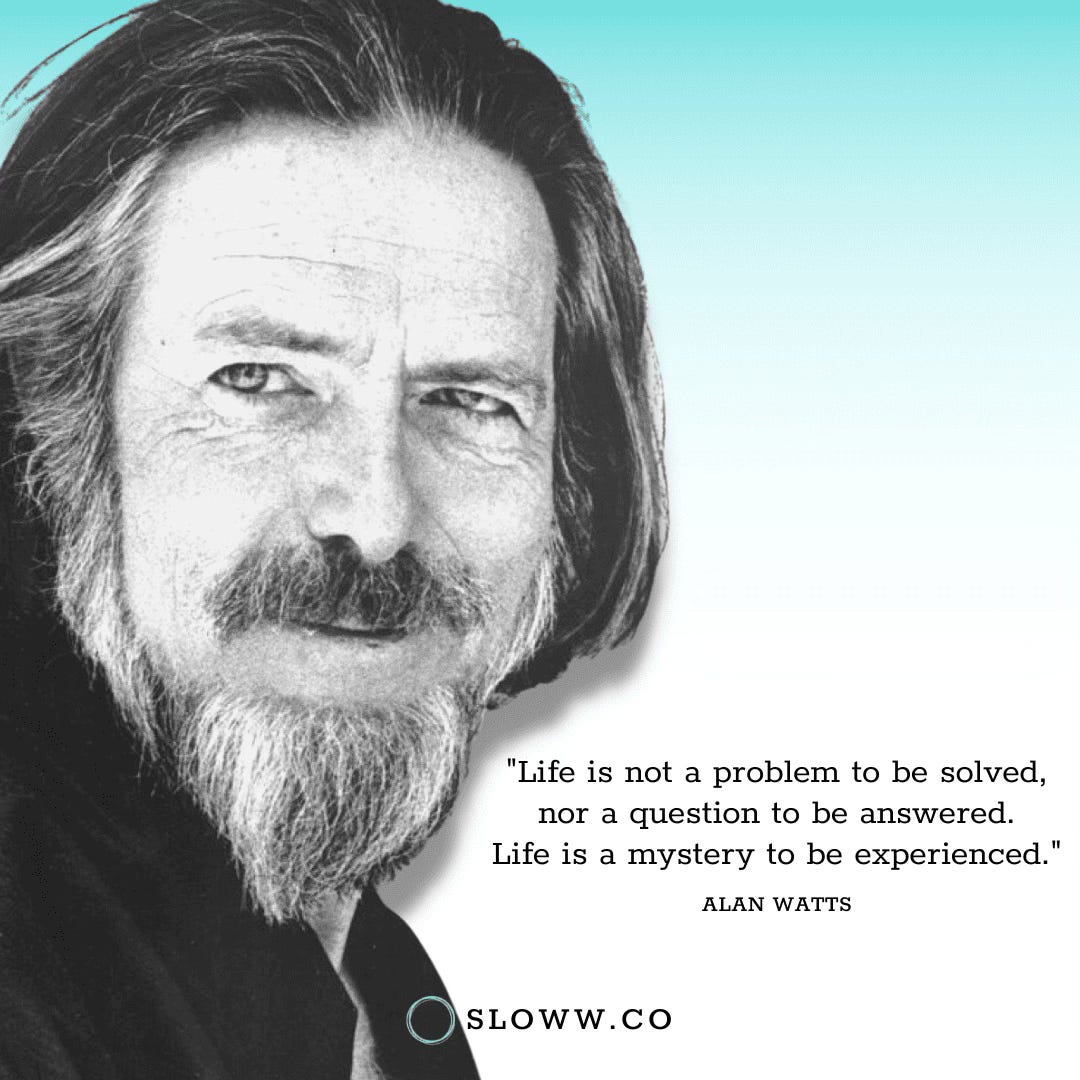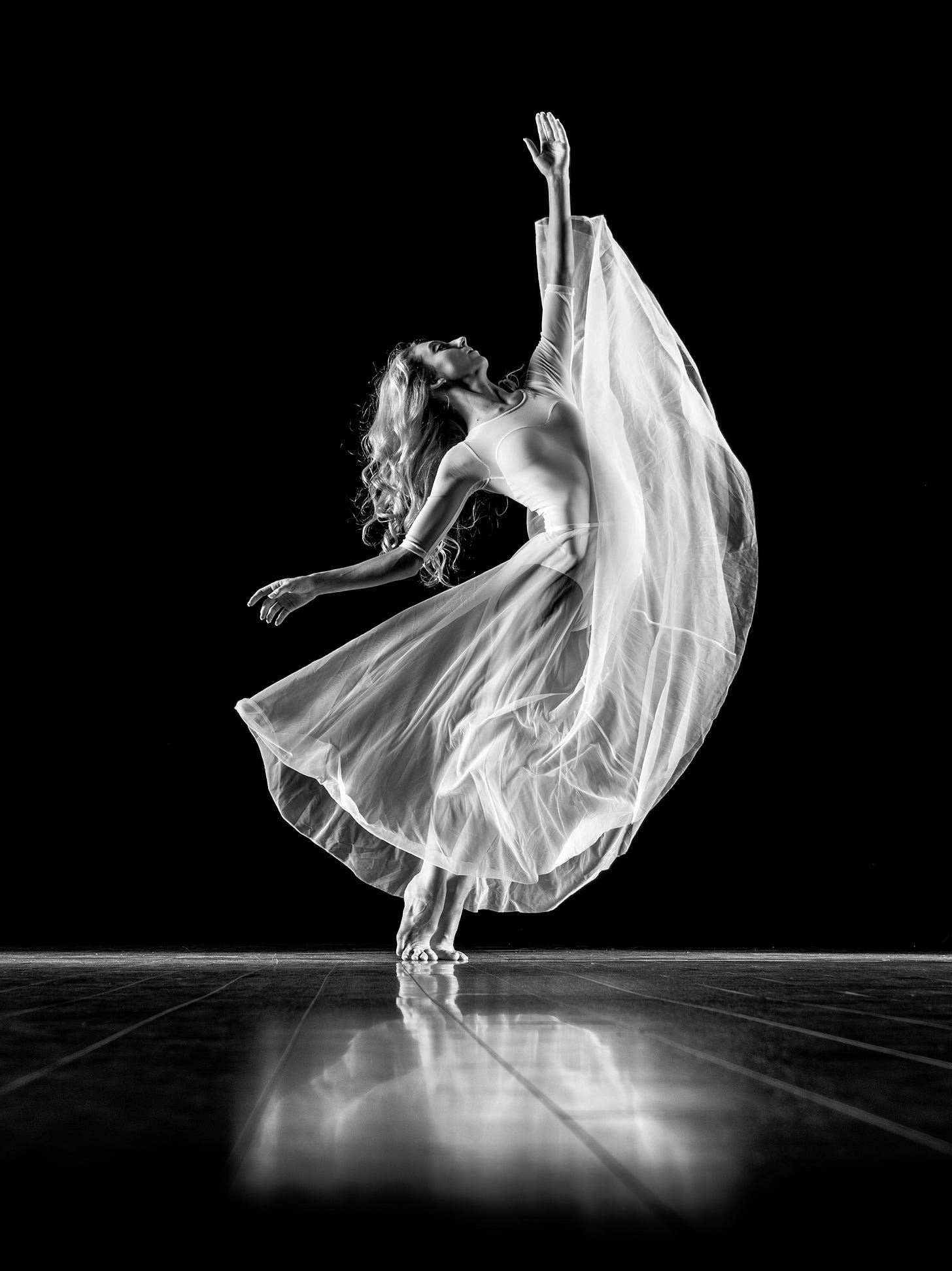Click here to hear the song: Are we human or are we dancer?
The question “Are we human or are we dancer?” invites us to explore how we live our lives: are we bound by rigid expectations and goals, or do we move with the fluidity and spontaneity of a dancer? The lyric evokes a deeper philosophical contemplation, encouraging us to reflect on whether life is a mechanical series of accomplishments or a dynamic, graceful expression of the present moment.
Alan Watts once said, “Life is not a journey with a destination. It is a dance, and when we dance, the journey itself is the point, not the end.” This statement captures the essence of what it means to live like a dancer. A dancer is not driven by the need to “arrive” somewhere. Each step, each movement is complete in itself. In the same way, life lived through a dancer’s mindset is not about reaching an ultimate goal but about flowing with the rhythm of life itself. The dancer identity represents a state of flow—an existence immersed in the present, where movement is both natural and spontaneous. Click the link below to hear Alan Watts explain…
Alan Watts, "Life is not a journey".
Wu Wei: The Dance of Effortless Action
The Tao Te Ching emphasizes the principle of wu wei, which translates as “non-action” or “effortless action.” Laozi writes, “The sage does nothing, yet nothing is left undone” (Chapter 37, Tao Te Ching). This paradox highlights the idea that when we stop forcing and controlling life, we align with the natural flow of the universe. In the context of the dancer, wu wei can be understood as the effortless grace of a body in motion—moving not from a place of strain but from an attunement with the rhythms of life.
Wu wei can be likened to a dancer who feels the music and lets their body respond without hesitation or calculation. There is no need for intellectual interference or self-consciousness. Instead, the dancer trusts the flow, moving with the moment in perfect harmony. This mirrors the experience of a Flow Identity, where we let go of our need to control and achieve, stepping into the fluid state where actions unfold naturally and intuitively.
The Allegory of the Dance
Imagine a grand ballroom, where people from all walks of life gather to partake in a dance. In one corner, a man stands still, observing. He is a traveler on a journey, always looking ahead, his eyes fixed on a distant goal. He tries to plan his every step, worried about making mistakes, worried about whether his movements are precise enough. He fears that if he lets go and dances, he might stumble, and the journey toward his imagined future will be jeopardized.
On the other side of the ballroom is a woman, moving with the music, letting the melody guide her. She is not concerned with where the dance will take her. She has no destination, no plan. Her body responds effortlessly to the rhythm, and in doing so, she becomes one with the music itself. She is the embodiment of wu wei, flowing with life instead of resisting it.
As the dance continues, the man watches the woman, captivated by her grace. He realizes that while he has been standing still, caught in his thoughts and future ambitions, she has been living—truly living. Her dance, though without a predetermined course, is full of purpose, energy, and joy. In that moment, the man understands: life is not a journey to a distant destination but a dance, and the dance itself is the fulfillment. He steps onto the floor, letting go of his rigid need for control, and begins to move, not as a traveler, but as a dancer.
Flow Identity and the Dancer Identity
The allegory illustrates the essence of what I call the Flow Identity. The man’s stagnant identity—rooted in fear, control, and the survival instinct—kept him from engaging in the dance. His identity was bound by the need to survive, plan, and achieve, all hallmarks of a rigid human experience. However, the dancer identity reflects the Flow Identity, a state of being where one moves beyond survival, beyond goals, and into a harmonious, ever-changing present. Like the woman who dances without fear or hesitation, those in a flow identity embrace the unfolding of each moment with trust.
Flow Identity is about moving in sync with life itself. It is the identity of the dancer, who surrenders control and allows the dance of life to take the lead. As Watts said, “The only way to make sense out of change is to plunge into it, move with it, and join the dance.” The dancer identity reflects this mindset of acceptance and responsiveness, where change is not a threat but an opportunity to flow, adapt, and be fully alive.
This shift—from a survival-driven identity to a Flow Identity—mirrors the shift from being “human” in the conventional sense (focused on achievement, control, and security) to being “dancer,” where life is experienced as a continuous flow of movement, expression, and creation.
Conclusion
The lyric “Are we human or are we dancer?” invites us to contemplate the nature of our identity. Are we clinging to a survival-driven existence, defined by the pursuit of goals and the avoidance of mistakes? Or are we willing to embrace the dancer within us, flowing with the music of life in an effortless, present state?
Alan Watts and the Tao Te Ching both teach that life is not about reaching an end, but about how we move through each moment. The Flow Identity, like the dancer, allows us to live in harmony with life’s natural rhythms, free from the constraints of fear and rigid self-protection. In this state, life becomes a dance—fluid, unpredictable, and beautiful in its unfolding. Let us then embrace the dancer, surrendering to the flow, and rediscover the joy in each step.





